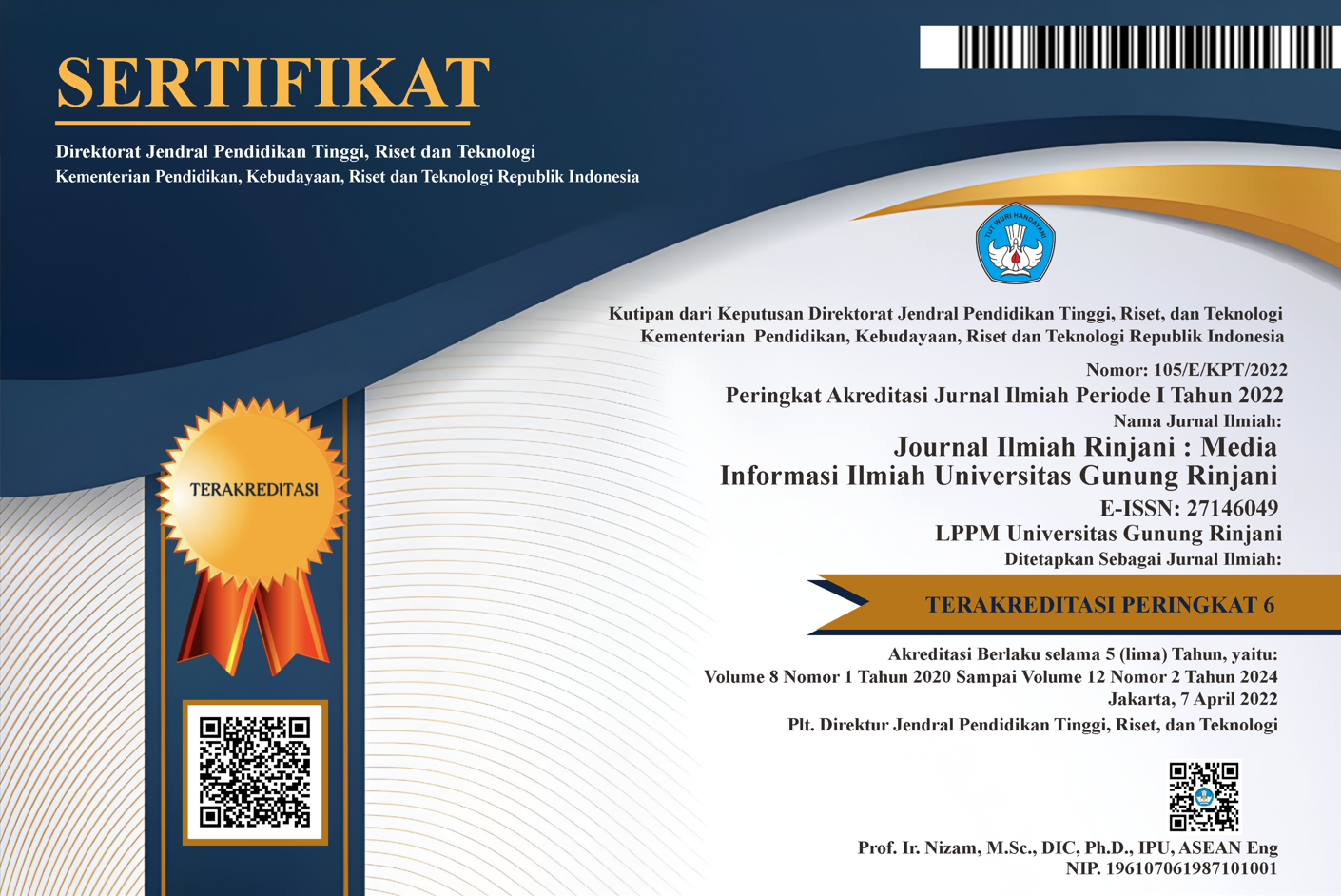NATIVE LANGUAGE INTERFERENCE IN LEARNING ENGLISH WRITTEN TEXT AS A FOREIGN LANGUAGE
Keywords:
Interference, Native Language, Language acquisitionAbstract
The study deals with classroom interaction with the main focus on the interference in learning English of the written text for the Indonesian native language. The outcome of this study is the significance of the effect of the differences between the structures of English and Indonesia on English written text. And this study also concentrates on the effect of students’ first language (Indonesia) in learning foreign language (English) particularly in the written text. This aspect of the study also tries to provide new information in the English learning context. The study shows that the process of first language ‘acquisition’ (L1) is somehow fundamentally different from the processes involved in ‘learning’ a second or foreign language (L2). It can make the language interference occur as the learners transferred element of their first language into second language or foreign language. The elements of language interference are grammatical, morphological, phonological, lexical, syntax, cultural and semantic level. In the interference process the errors and mistakes occurred in learning a new language or second language (L2) as a result of negative transfer or native language interference.
Downloads
Published
Versions
- 07/30/2020 (2)
- 07/30/2020 (1)












